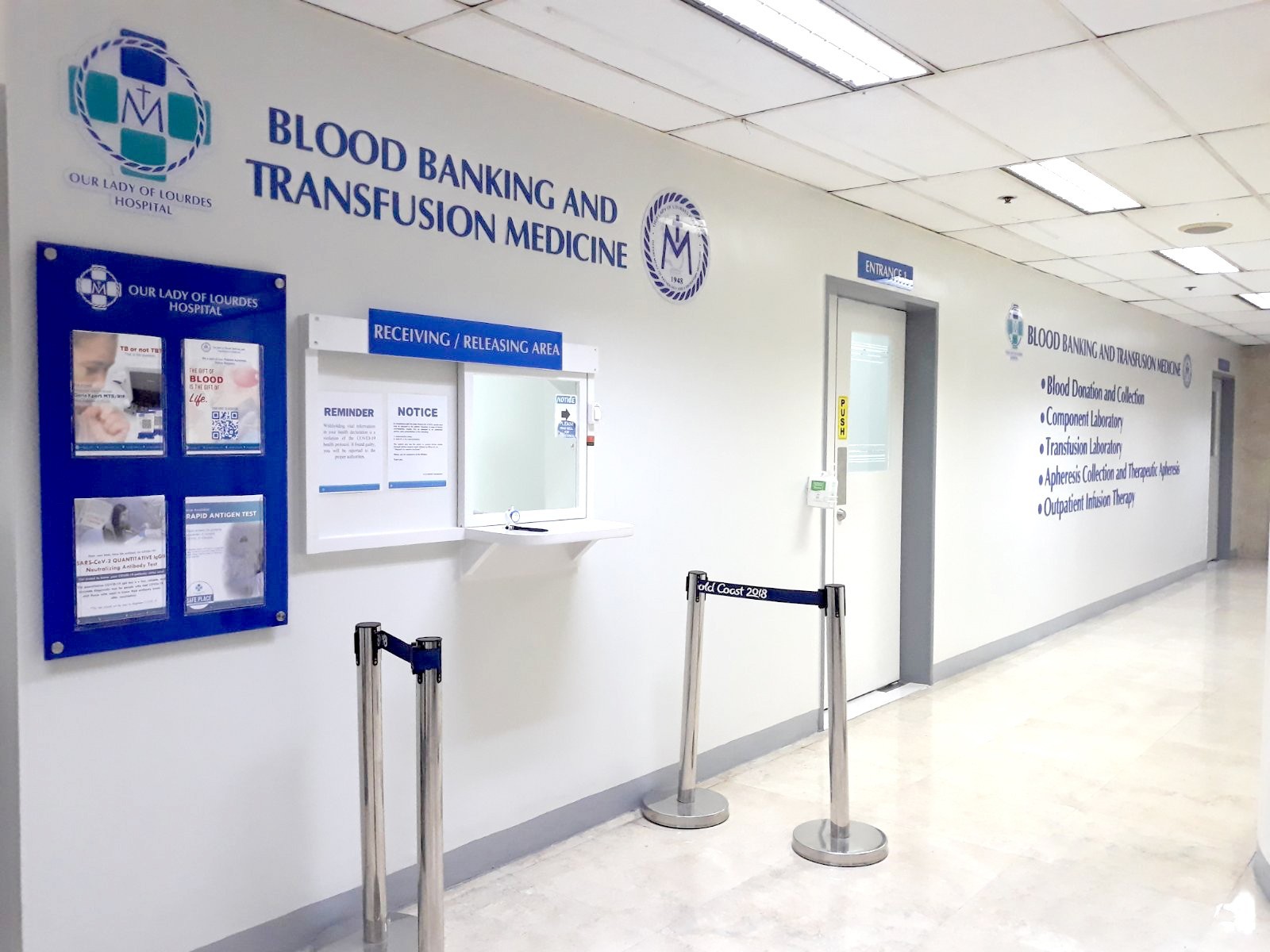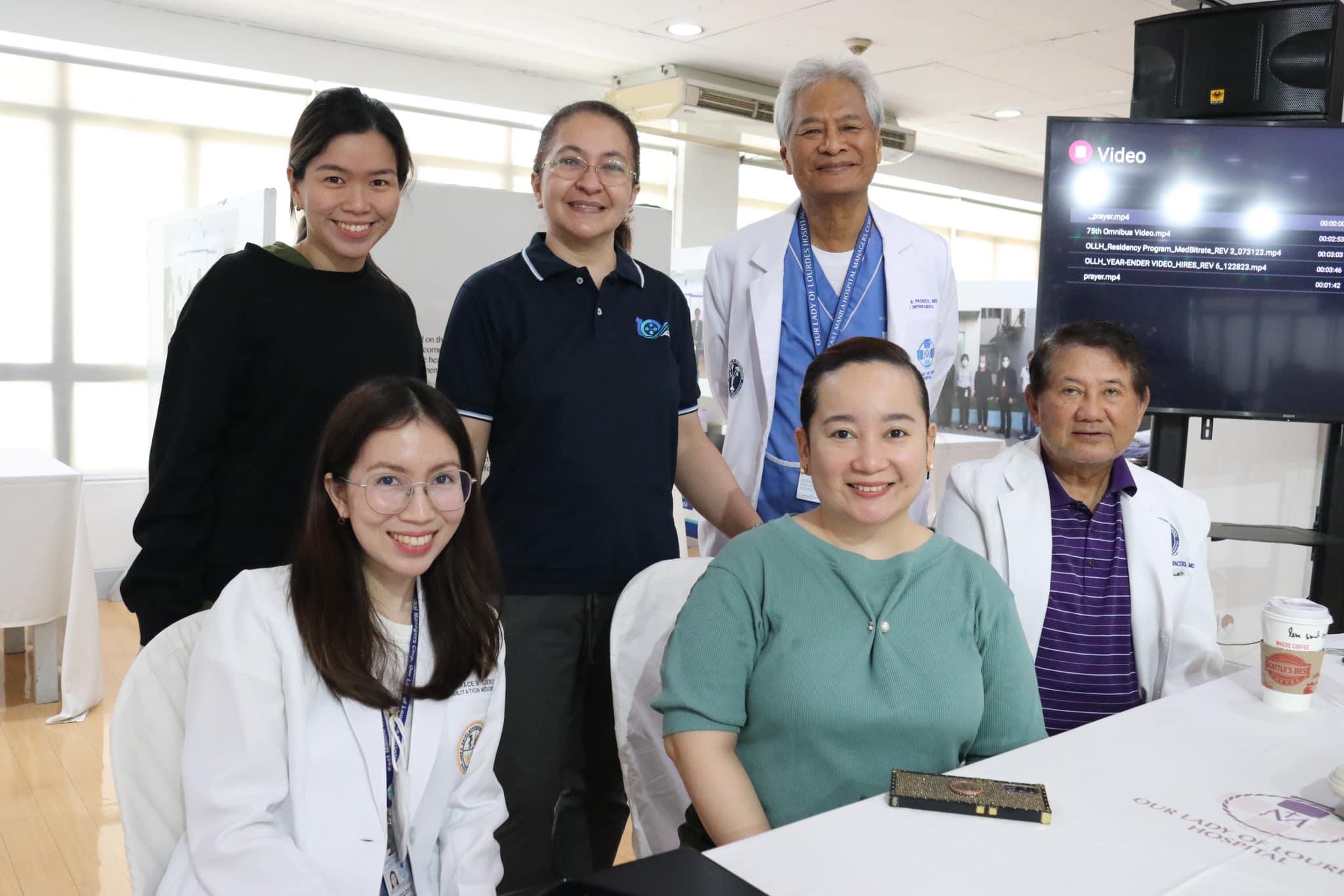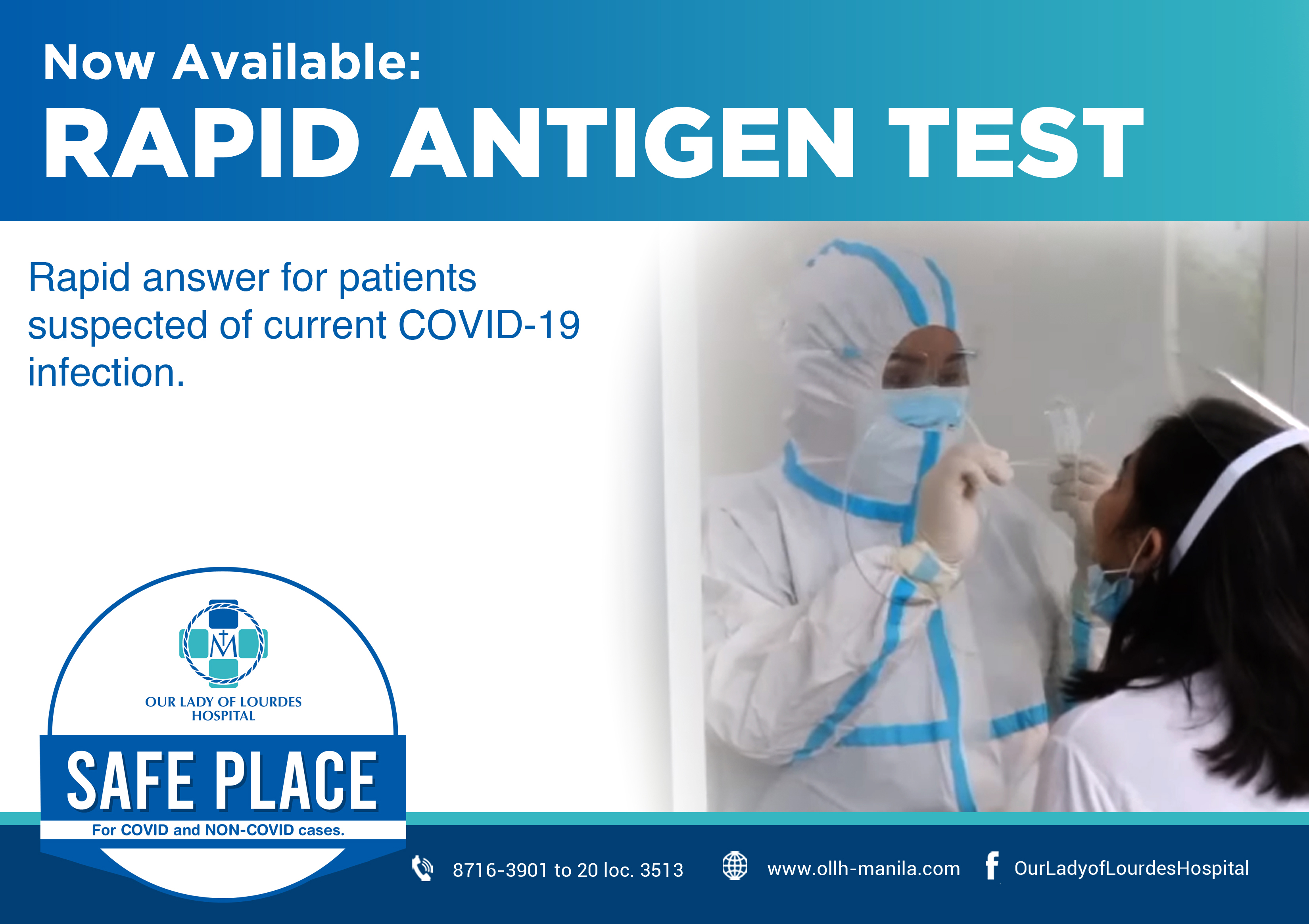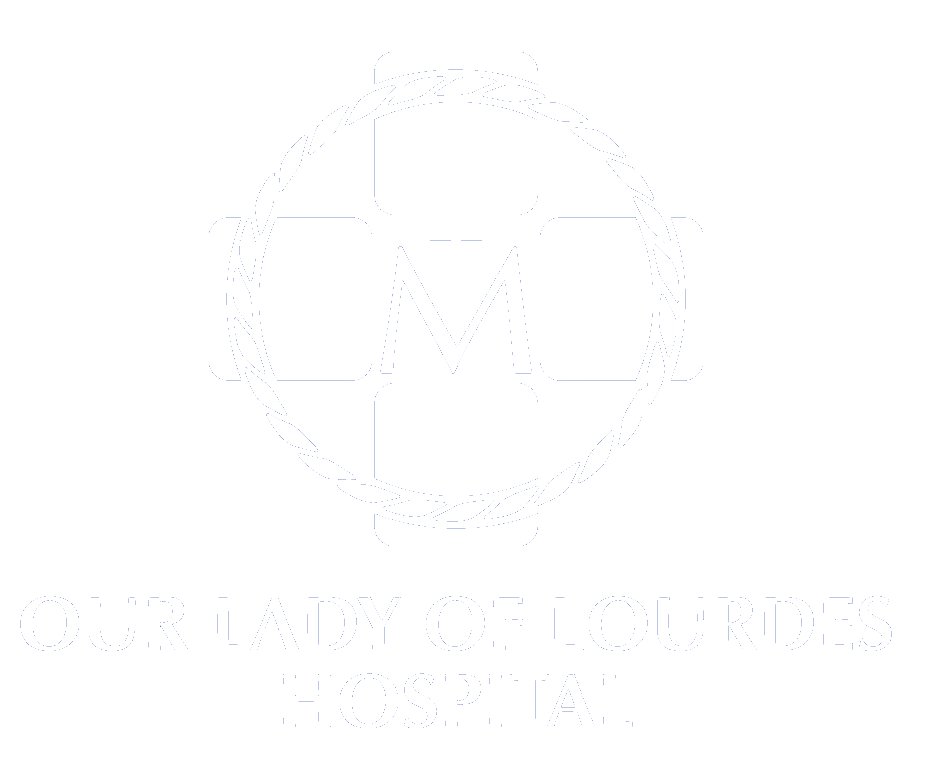OLLH Integrates Apheresis Procedures to its Section of Blood Banking and Transfusion Medicine
Tuesday May 11, 2021

OLLH Integrates Apheresis Procedures to Its Section of Blood Banking and Transfusion Medicine
By Ernesto V. Datu, MD, FPSP, FPOS
Apheresis Practitioner/ Pathologist
The advances in Medicine are hard to keep up with these days. One important thing is that, we can now manage and treat diseases previously akin to death sentences before. Gone are those times where we can only avail of treatment from other countries, because machines which can perform some sort of a "miracle" are now made available in our country.
One machine in particular is the Apheresis machine. A little more than a decade ago, this machine was not widely available. The few choices available then in the market were not cost-effective. However, all these changed with the introduction of newer and better Apheresis machines, which can, not only harvest platelets, but also perform therapeutic procedures like Therapeutic Plasma Exchange (TPE) and Cell Reduction like removing white cells in cases of hyperleukocytosis as seen in leukemia, or even be a tool for the treatment of leukemia, as in Stem Cell Transplants.

The most common use of Apheresis machines in most hospitals is for platelet collection for a product called Platelet Apheresis. This may be a bit more expensive than the usual platelet concentrates, but its advantage is that it exposes the patient to only one donor, unlike platelet concentrates which come from six to eight donors. The chances of being sensitized to different individuals is lesser, meaning the patient will less likely develop HLA antibodies because of less exposure to multiple donors. This may be of benefit to patients in cases of organ transplant, as one of the causes of HLA antibody production is frequent transfusions from different donors.
The presence of leukocytes in Apheresis platelets is very low in concentration compared to platelet concentrates. Leukocytes cause different forms of transfusion reactions like Febrile Non-hemolytic Transfusion Reaction (FNHTR), Transfusion-Related Acute Lung Injury (TRALI), or even infections with viruses like the Epstein-Barr virus (EBV) and the Cytomegalovirus (CMV). With Apheresis platelets, the concentration is within internationally acceptable levels making it comparable to about 99% leukoreduction (This means there is a 3 log reduction of WBC compared to unfiltered whole blood platelet concentrates).
Finally, one unit of a 350 ml of Apheresis platelets is equivalent to six to eight units of platelet concentrate. This will easily increase the platelet count of most patients compared to the equivalent number of platelet concentrates. It is easier and more cost effective to measure the amount of platelets in Apheresis platelets, which cannot be routinely done in individual platelet concentrates due to cost constraints. This means that the Blood Bank will only do one platelet count compared to the six to eight times with platelet concentrates.
Taking the blood donation status of the Philippines into consideration, most of the time, the Blood Bank will have lots of platelet concentrates after a Mobile Blood Donation (MBD). Well and good, but platelets expire five days after collection, so all unused platelets will be discarded after that time. It is alright if we do mobile blood donations daily but the reality is MBDs are scheduled and we are lucky to have two in a month. Apheresis platelets, on the other hand, will only be collected once a request is made, in which the only setback would be the availability of donors. However, in my experience, this is not really a problem in a hospital setting as the medical workers are usually the first to volunteer for Apheresis donations.
The Apheresis machine is also capable of collecting blood components other than platelets. In this pandemic, it can collect plasma which can be used to treat patients with COVID-19. This is done by collecting convalescent plasma from donors who recovered from COVID-19 infection and show the presence of IgG antibodies against COVID -19.
Therapeutic Plasma Exchange (TPE) is done where 1-1.5 times the total plasma volume of an individual is removed and replaced with albumin. This is done when antibodies in the plasma needs to be removed. It is a first line of treatment for patients with antibody-mediated conditions like Myasthenia Gravis and Guillain-Barre syndrome. Without Apheresis, the neurologist can only give intravenous immunoglobulins which are given based on the body weight of the patient. The heavier the patient, the more expensive the treatment with IvIg becomes. And since the Philippines is still far from having plasma fractionation products for the country, IvIg is far more expensive as it is being sourced from overseas pharmaceutical companies. Fresh frozen plasma is used as the exchange fluid in cases like Thrombotic Thrombocytopenic Purpura (TTP) where the patient requires the ADAMTS13 enzyme from the plasma.
Finally, the Apheresis machine has largely replaced the usual bone marrow collection for stem cell transplants, termed as Peripheral Blood Stem Cell Collection (PBSC). The stem cells are collected from donors, may it be autologous or allogeneic, using an Apheresis machine. The recovery time of donors is faster and it is as effective as an actual bone marrow collection done in the Operating Room. Stem Cell Transplants using apheresis is now being done in our country, meaning, one does not have to go abroad for Stem Cell transplants.
The guidelines used in the application of Apheresis procedures are based on the guidelines of the American Society for Apheresis or ASFA. It lays down the indications and the recommendations on when and how often Apheresis can be used in disease conditions based on evidence shown in scientific studies.
At Our Lady of Lourdes Hospital, we are proud to have these Apheresis procedures available for our patients when needed. The OLLH - Department of Pathology and Laboratory Medicine, through its Section of Blood Banking and Transfusion Medicine, offers ABO and Rh Typing, Coombs' Test (Direct and Indirect), Compatibility Testing of different blood components, Crossmatching for Leukodepleted Packed Red Blood Cells, Fresh Frozen Plasma Transfusion, Platelet Concentrate Transfusion, Cryoprecipitate Transfusion, and Blood Aliquoting Services for blood coming from other blood banks.

Our Lady Lourdes Hospital Provides Back Support for Scoliosis
February 17, 2024
Read More

OLLH Integrates Apheresis Procedures to its Section of Blood Banking and Transfusion Medicine
May 11, 2021
Read More

#iRecovered: Every Elderly's Safe Place
May 11, 2021
Read More


